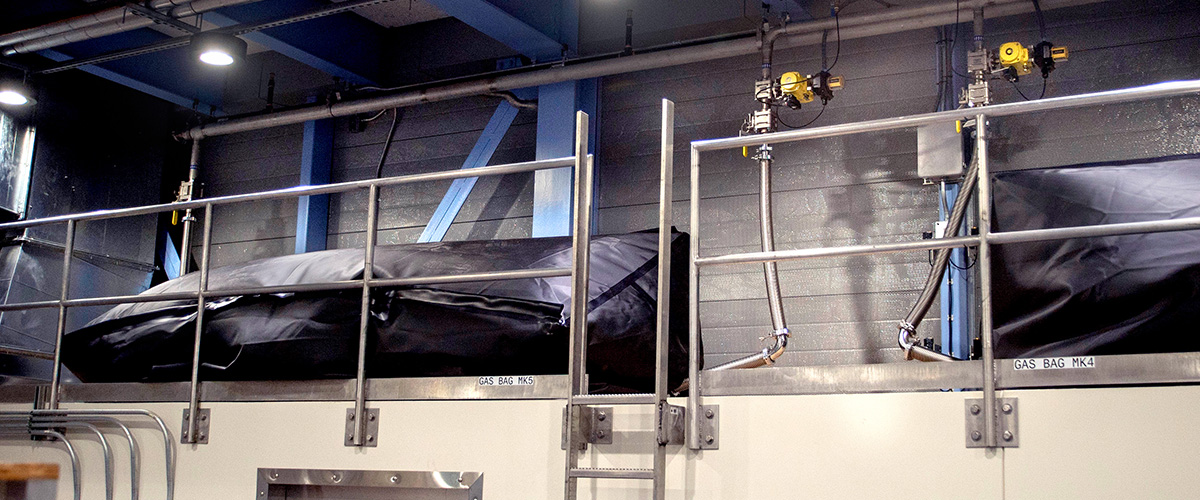
The MagLab is full of weird contraptions. Find out what they are, how they work and why we need them.

The Pulsed Field Facility's 240-ton generator is so massive and so powerful that it can't sit on the ground.
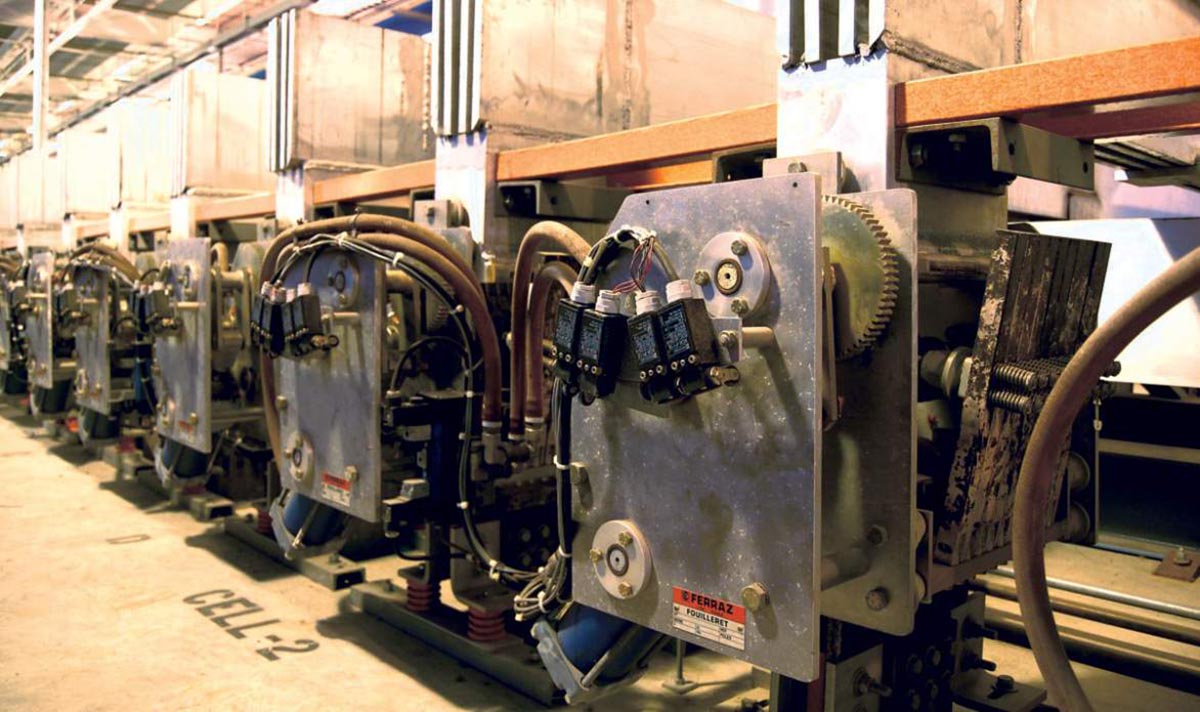
Sure, it looks a subway tunnel for giants. But while MagLab's bus tunnel is used for transportation, it's not the kind of transportation you're thinki…
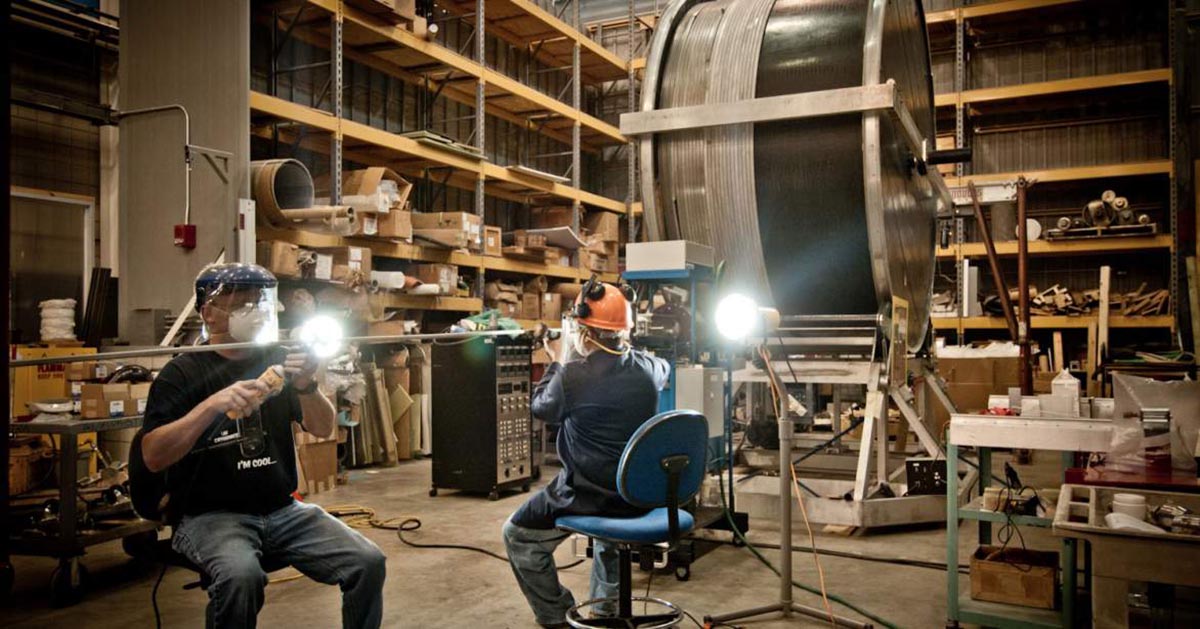
This high-tech spool is one big bobbin.
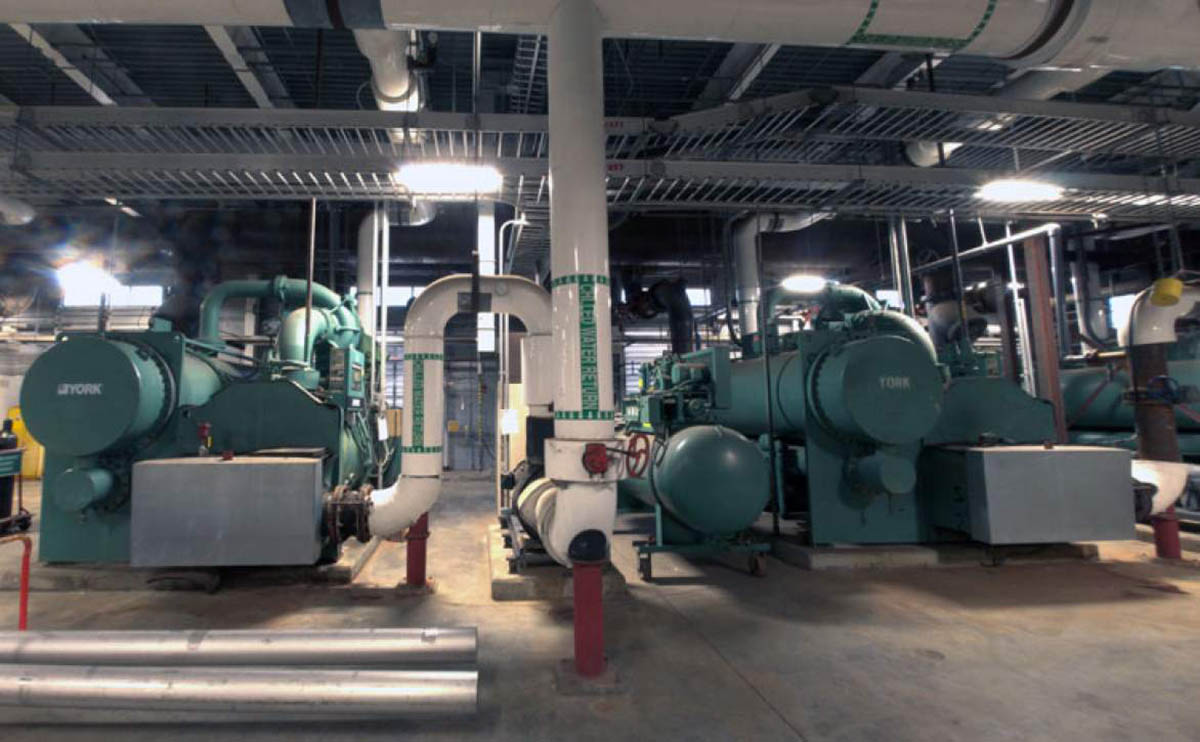
The Magnet Lab relies on four chillers for the big job of keeping the biggest magnets cool.
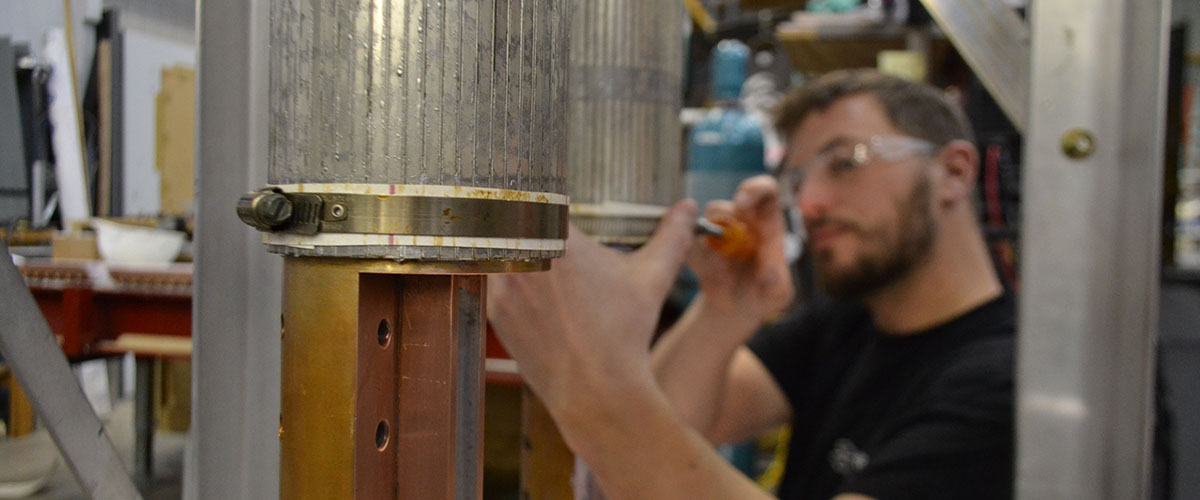
To get millions of watts of electricity into our magnets, we need a couple of these.

This important container protects people in the lab from Oxygen Deficiency Syndrome.
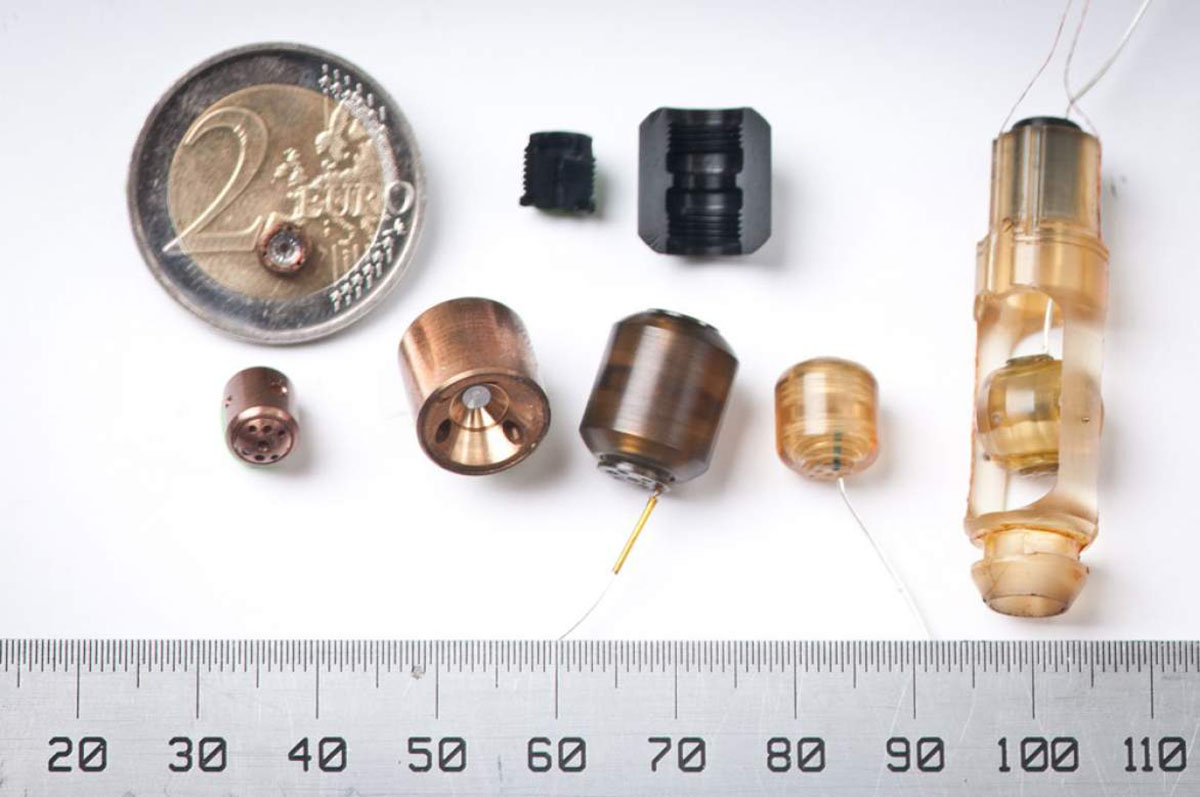
Diamonds are a scientist's best friend — especially if that scientist needs to compress a material.
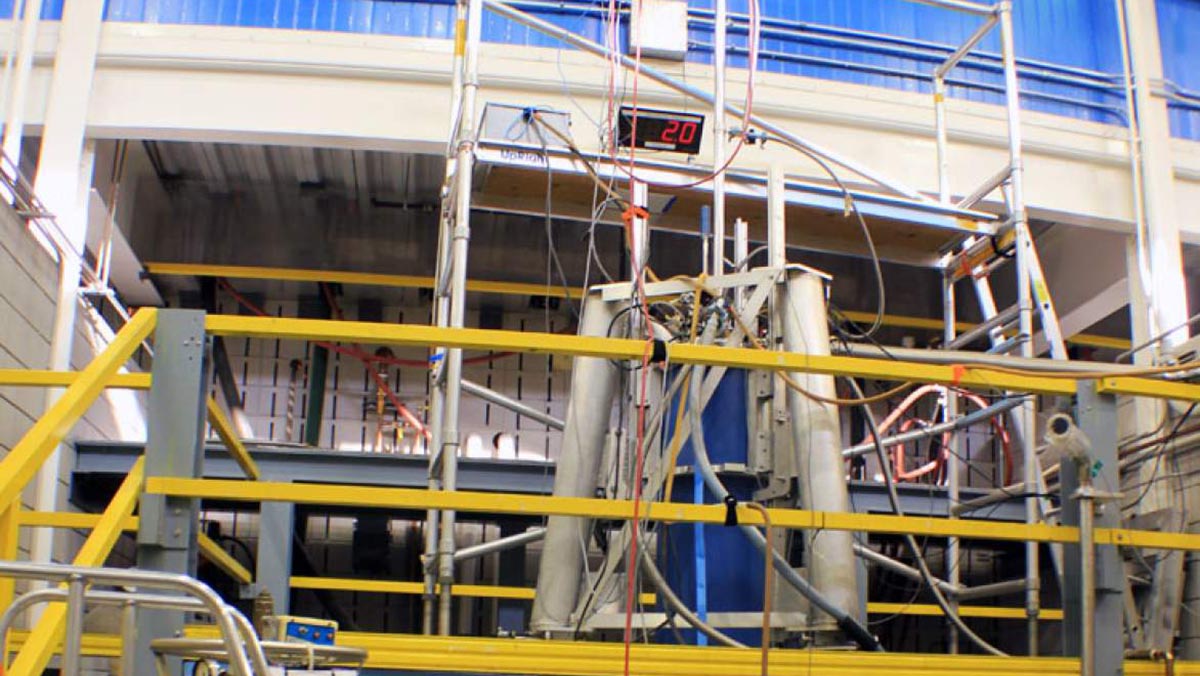
Dilution fridges owe their cooling power to the incredible element helium. This animation illustrates how dil fridges exploit the element's properties…
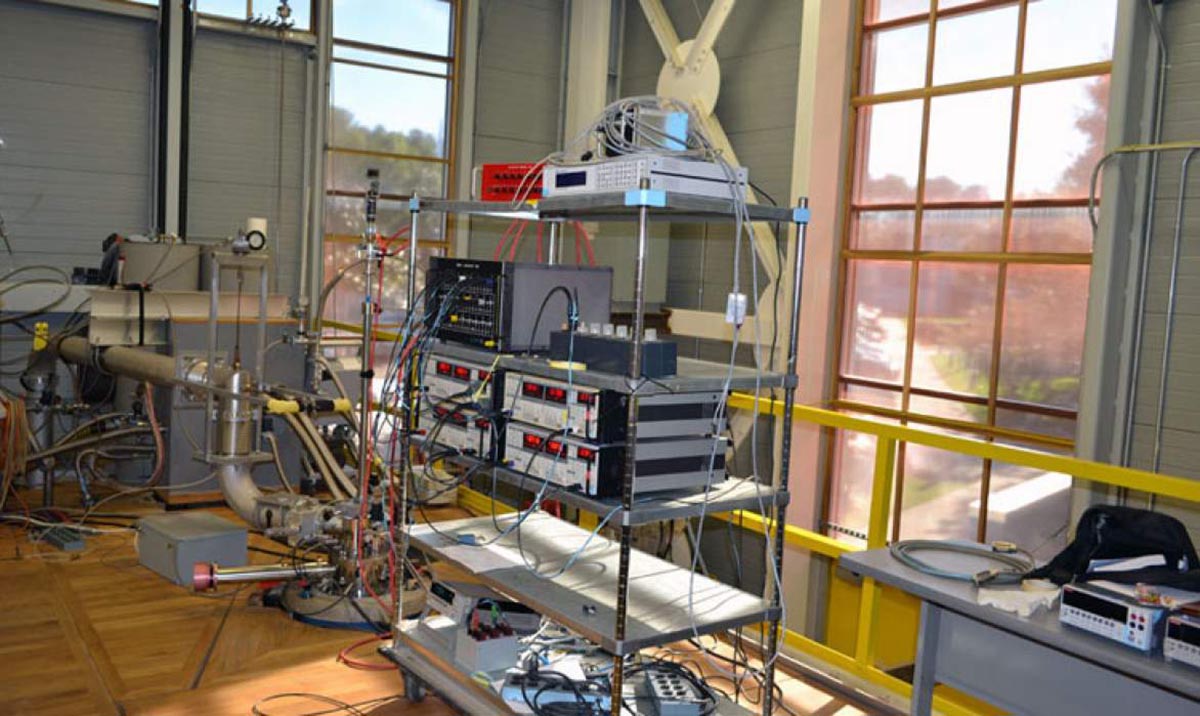
A faraday cage is an important tool for some scientists at the MagLab. But they don't workwithit — they work inside it.

The giant bags help the lab recover and reuse helium, reducing costs.
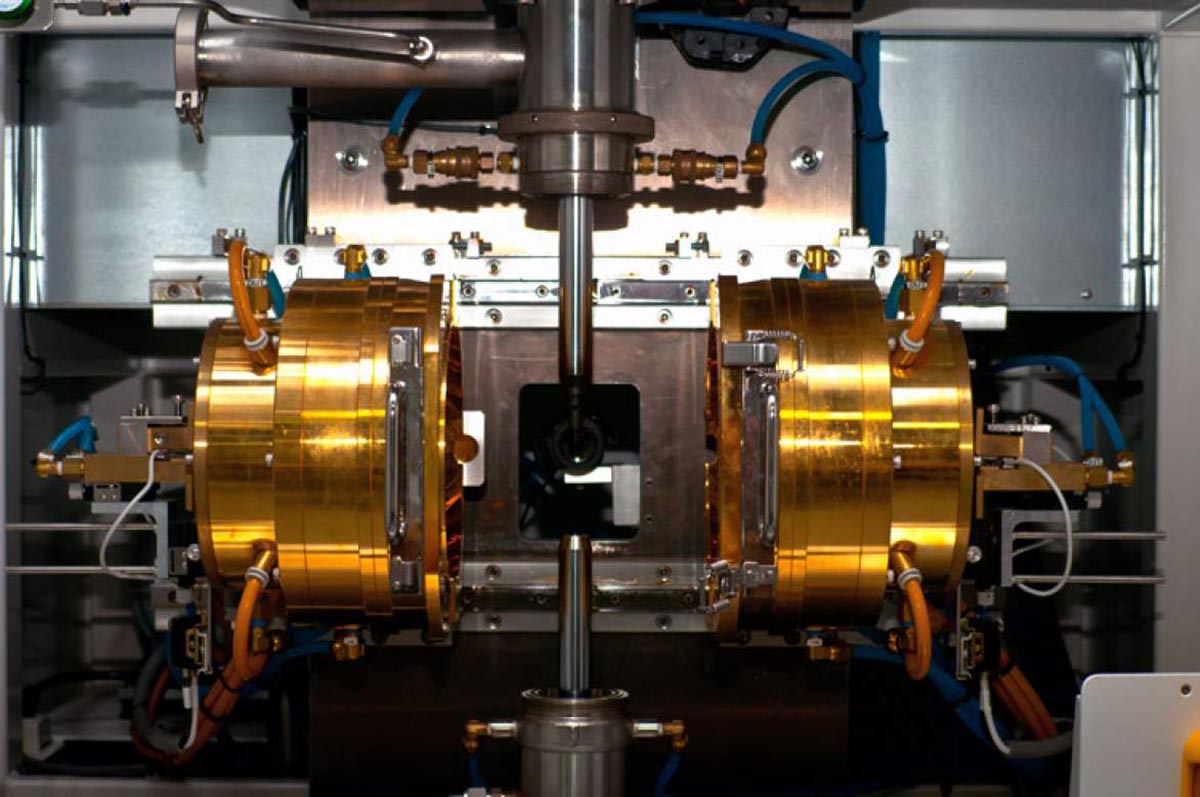
Scientists use image furnaces to grow crystals at very high temperatures; a built-in camera allows them to observe in action a delicate process that i…
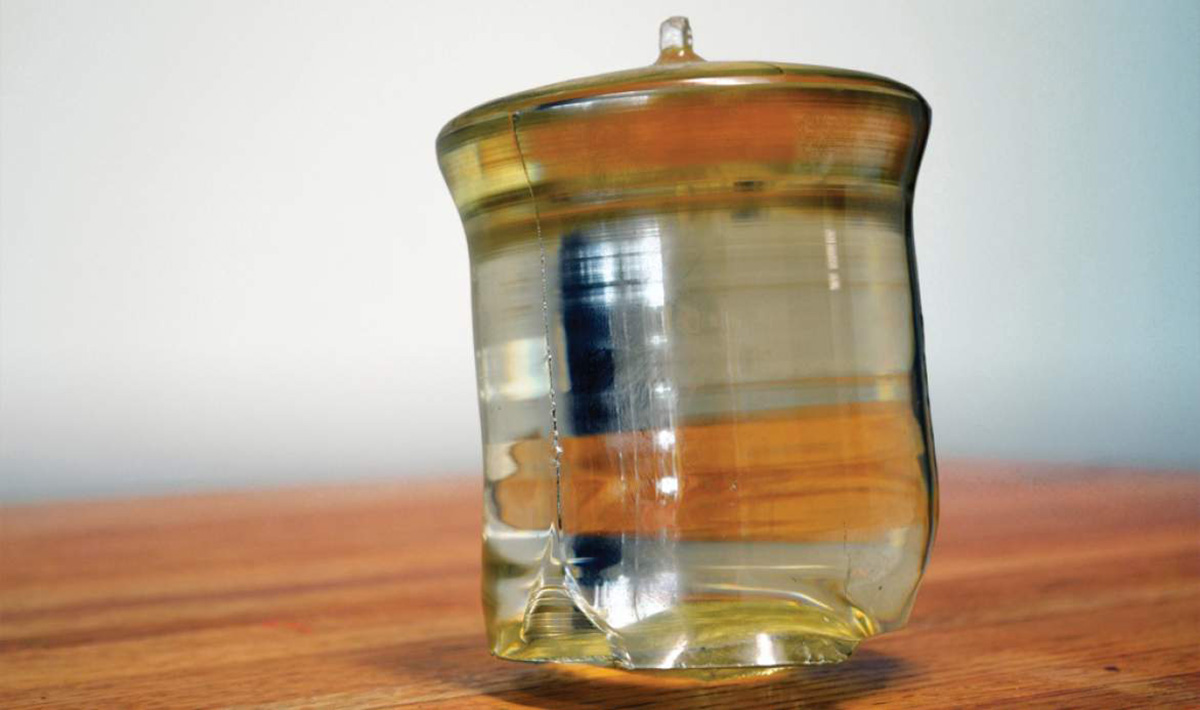
This crystal isn't just pretty; it's at the core of modern communication.
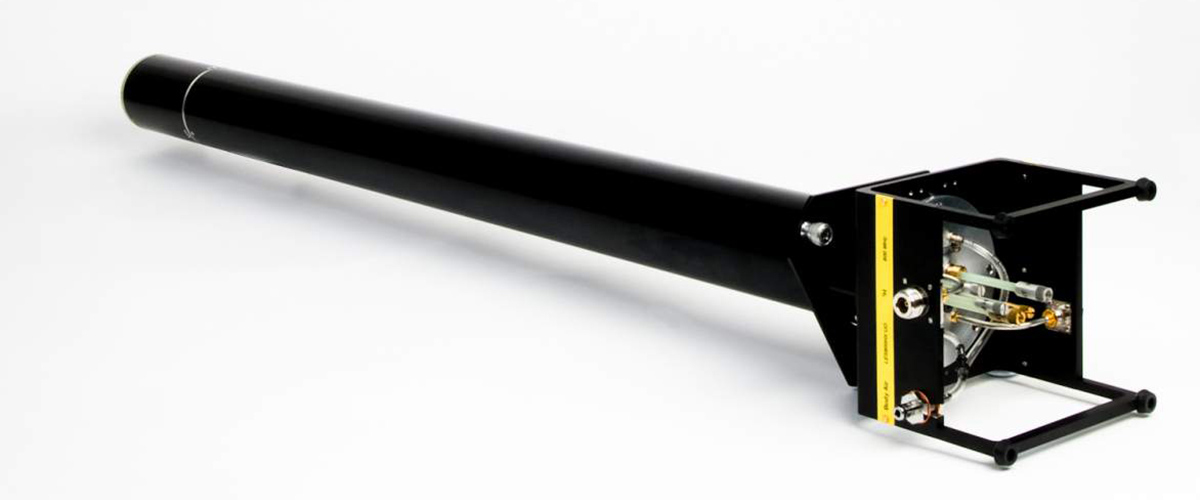
Without this instrument, the lab's high powered magnets would be useless.
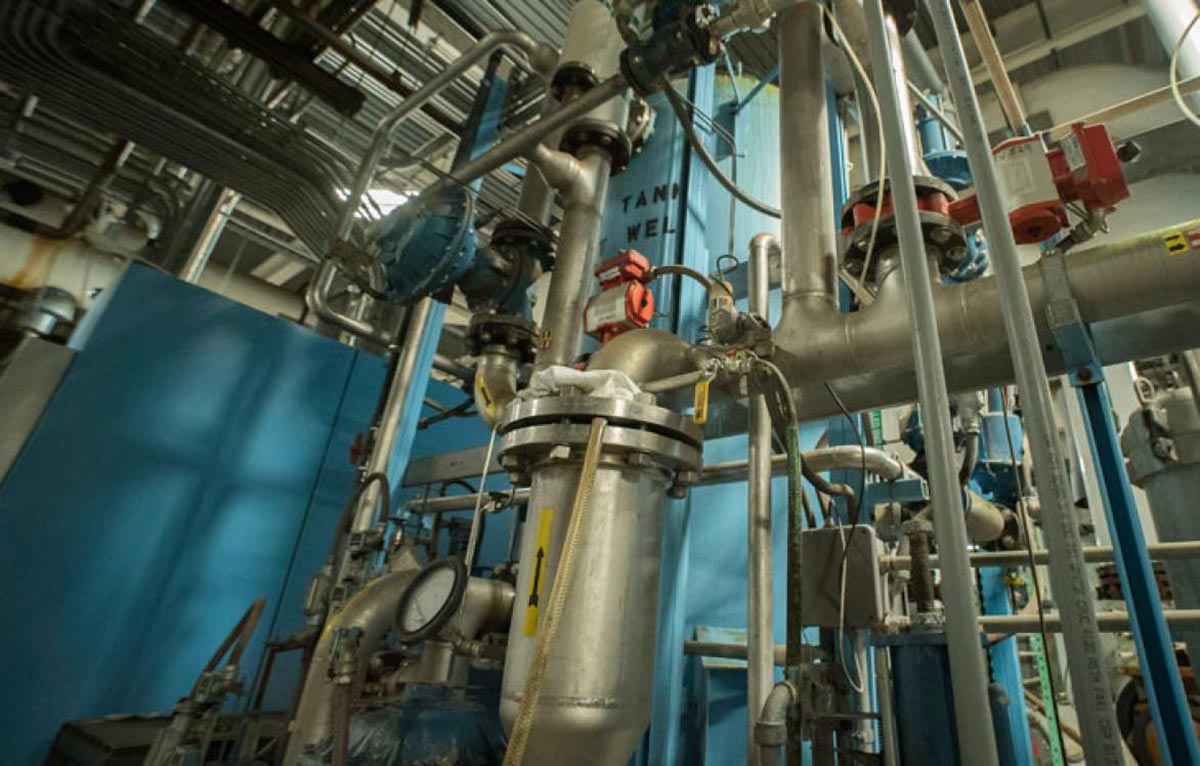
This modest-looking tank is a MagLab hero in disguise.
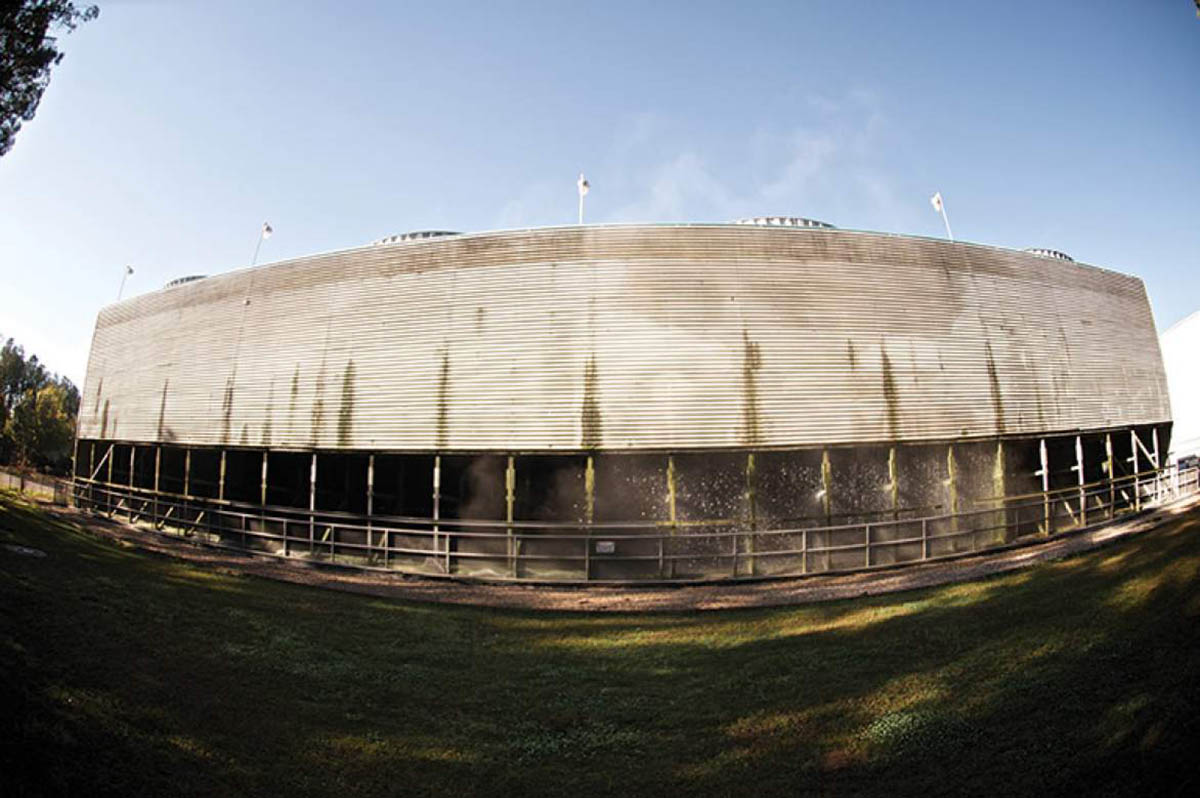
You could grow quite a garden with all the water we store at the MagLab. But we prefer to use it to keep our magnets cool.